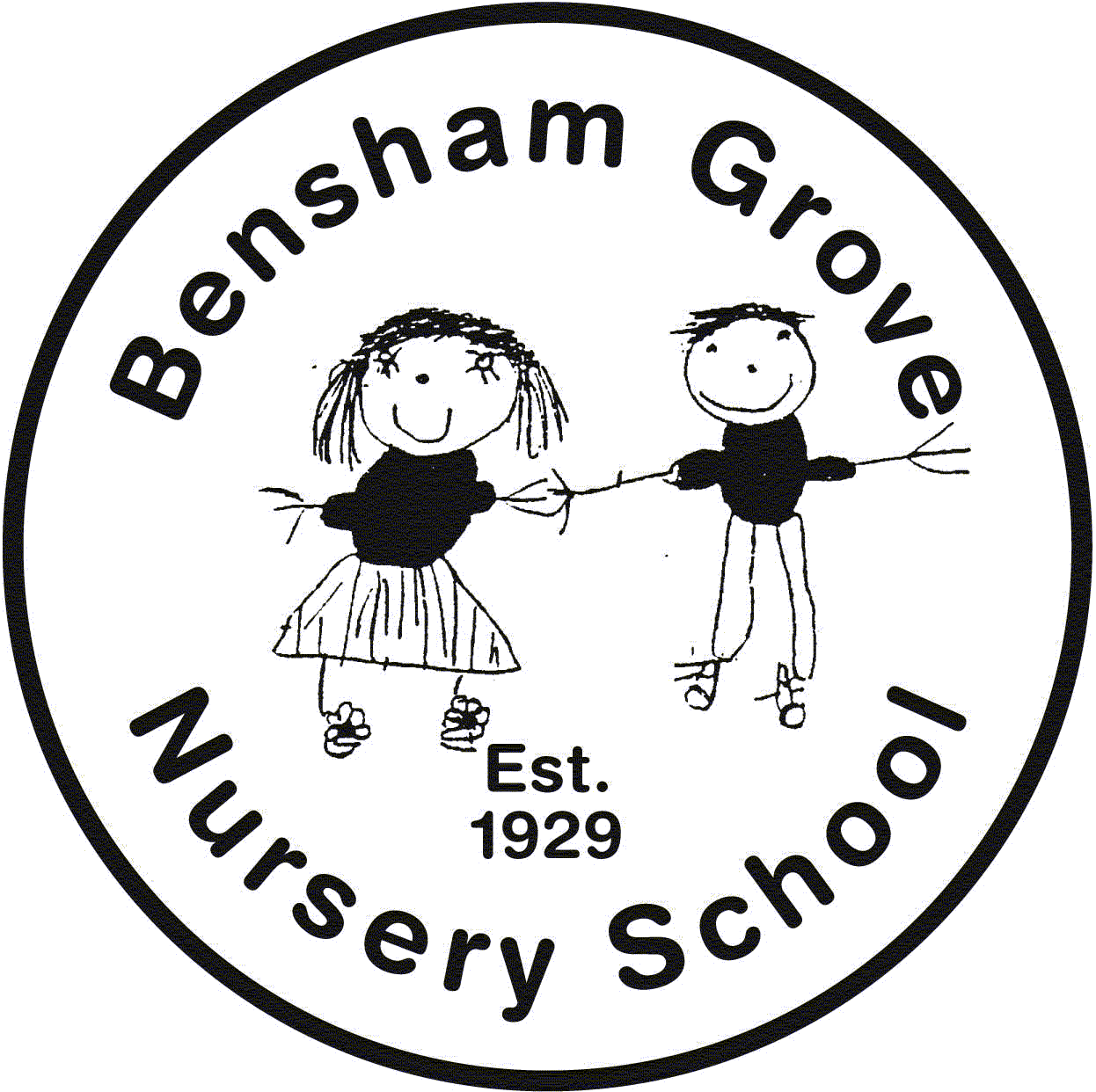The environment plays a key role in supporting and extending children’s development and learning.
When children feel emotionally safe and secure they are able to explore and find out about the place they are in and the things they can see, touch, manoeuvre or manipulate.
In the EYFS the environment is described in terms of three aspects:
- the indoor environment,
- the emotional environment,
- the outdoor environment
These three aspects of the environment together make up the environment for play and learning in the EYFS.
Highly effective and enabling learning environments are central to the high-quality practice and provision at Bensham Grove Nursery School. Stimulating environments create contexts for talking, thinking, and doing. We see our learning environments as the ‘third teacher’ a phrase that was developed in the schools of Reggio Emilia in Italy. In Reggio Emilia every classroom of children aged 3-6 years have 26 children and 2 teachers- their learning environments are seen as so pivotal to their practice and provision that they are viewed as the third teacher in the team- hence the term.
We recognise the importance of creating stimulating learning environments that develop secure learning dispositions.
Indoor Environment
Our indoor learning environment is organised into areas of provision that are often linked and support one another. For example, our block area is adjacent to the small world area so that the children can add to landscapes they have created with characters, animals etc. Every resource that has been placed into our areas of provision has been discussed in terms of learning possibilities for the children. Children know that resources in the areas will be there for them to access throughout their time at Bensham Grove. Staff also add other resources to the areas as we respond to children’s interests and the rhythm of the year.
When children join Bensham Grove we spend time with the children introducing them to the areas of provision and supporting the children to become familiar with the resources and how we access these. For example, children are supported in the studio area to become familiar with the painting process. They are shown how to use mixing trays, paint of different shades in individual bottles, paper of different sizes and brushes. They are also supported to become familiar with how to tidy away after they have finished in the area and shown where to place their own painting on the adjacent drying rack.
Rich environments indoors have an immediate effect on the quality of children’s learning and development. What is a rich environment? It’s comfortable, interesting, attractive and appropriate for the child or children who use it. For some children it becomes like a second home where they eat and sometimes sleep. A suitable environment for a young baby will be very different from a suitable environment for a four or five year old although some features will be the same. Environments should be attractive and make children feel safe and secure and happy to be there and they should also be places where children can confidently play and learn.
Indoor space needs careful planning as it needs to be flexible to accommodate children’s changing interests and needs. Resources should be of the highest quality. Books need to be attractive and well maintained and reflect children’s fascinations. Resources such as blocks for building with, felt pens, chalks or pencils for mark-making, clothes for dressing up in and small items such as cars, dolls and jigsaws should be accessible by children themselves.
Emotional Environment
The environment is more than a physical space because it contains the emotions of the children who spend time in it, the staff that work there and the parents who leave their children there. Maintaining positive feelings is important for staff, children and parents, but equally if they feel safe in the emotional environment children can express their feelings safely, knowing that their parents or staff are nearby to help them. Teaching children ways to talk about and express their feelings allows them to externalise them safely.
Outdoor Environment
Our outdoor learning environments have been developed to support the joy of being in and working with nature. We draw upon the work of Dr Claire Warden who explores at length the importance and value of working in and with nature. We are mindful of the seasons and the different learning possibilities these create in our outdoor environment, our forest school area and allotment are particularly responsive to these changes.
We also promote an understanding of recycling in our outdoor learning environment.
At Bensham our invention shed sees many creations made with donated materials. Our covered decking area is resourced with loose parts- found or recycled materials whose purpose can be changed as many times as a child’s imagination allows! We are also very fortunate to have a large ‘beach area’ where the children can build and sculpt with the sand while sitting on the ‘beach’! Our forest school area is a separate space where children are able to immerse themselves in nature on a daily basis. Our mud kitchen is a special place where children can use mud to in their creations, recipes and potions! Adjacent to the mud kitchen is an outdoor water area where the children can pump their own water down a trough and into a pool! Our outdoor learning environment is a magical place with endless possibilities for learning !
